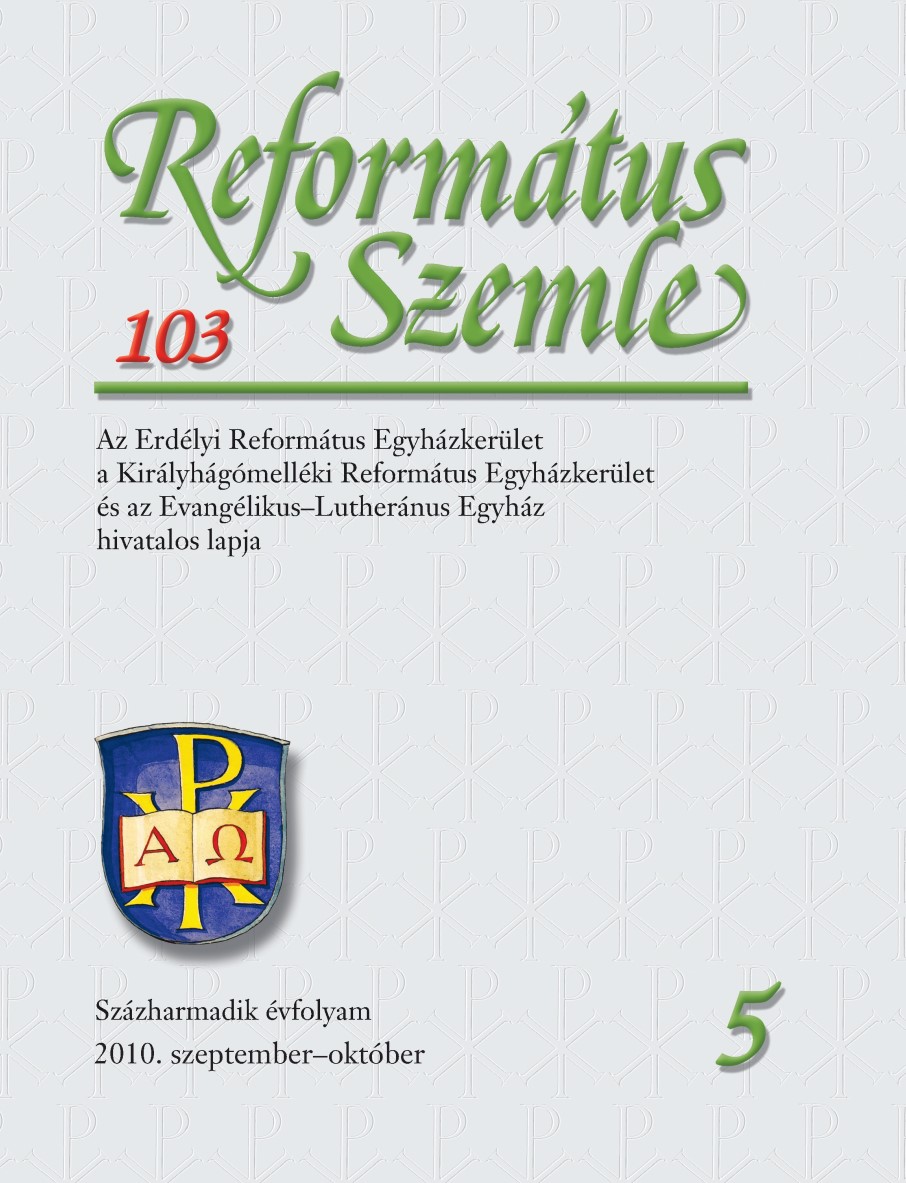Nagy Leó pápa Tomusa, a rablózsinat és a kalcedoni dogma
The Tome of Pope Leo the Great, the Robber Council and the Chalcedonian Doctrine
Author(s): Istvan Pasztori-KupanSubject(s): Christian Theology and Religion, History of Church(es), Theology and Religion, Systematic Theology, Eastern Orthodoxy
Published by: Erdélyi Református Egyházkerület
Keywords: Leo the Great; Tomus ad Flavianum; Constantinople; Eutyches; Monophysitism; Latrocinium Ephesinum; Chalcedonian Christology; two natures in Christ; communicatio idiomatum
Summary/Abstract: This study is consecrated to the presentation of the general doctrinal relevance of Pope Leo’s famous Tomus ad Flavianum. It involves a short historical introduction regarding the context in which this dogmatic epistle was formulated, i.e. the local council of Constantinople in 448 which condemned Eutyches. This is followed by a more detailed presentation of Leo’s Tome and its fate during the second council of Ephesus (449), labelled by Leo as the ‘Robber Council of Ephesus’(Latrocinium Ephesinum). The acceptance of Leo’s Tome by the Council of Chalcedon, although not based exclusively on his papal authority, created the theological possibility to improve the first version of the Chalcedonian Definition in order to include ἐν δύο φύσεσιν (in two natures) instead of ἐκ δύο φύσεων (out of two natures). It appears that if at Nicea one letter (a Greek iota) had decided whether Jesus Christ was truly God or not, at Chalcedon it was up to two letters (ἐν in-stead of ἐκ) to determine that in him there were two natures instead of one.
Journal: Református Szemle
- Issue Year: 103/2010
- Issue No: 5
- Page Range: 496-509
- Page Count: 14
- Language: Hungarian

